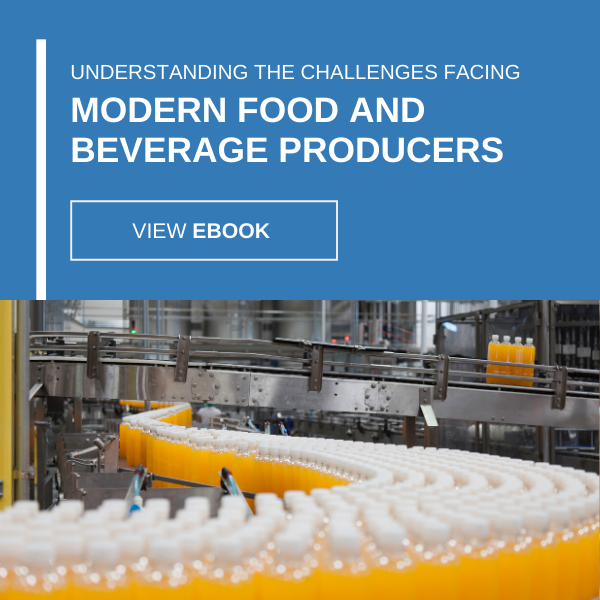
Falling Meat Consumption Drives Processors to Think Creatively
Shifting consumer trends around meat have pushed businesses to rethink their processes. A recent study published by the Natural Resources Defense Council found American consumption of beef fell precipitously between 2005 and 2014, fueled in part by sustainably minded customers and health concerns. Today, the U.S. eats about 80 percent of the beef it did 12 years ago.

But beef isn’t the only red-meat protein with declining consumption, according to the Department of Agriculture Economic Research Service. In early February, the DOA ERS reported per capita annual supply rates for pork dropped nearly 4 pounds between 2010 to 2014. Veal and lamb suffered a similar decrease, now down to just 1 pound per person per year on average. For perspective, the average American currently consumes about 50 pounds of beef products annually. Fish and turkey availability has stagnated in the last five years, while chicken availability has steadily increased since the 1970s.
Food processors cannot ignore these seismic shifts in consumer opinion, lest they fail to develop plans for positioning their products well among the next generation of green-thinking carnivores. As companies make moves to adjust their processes and align their production lines with consumer expectations, what areas of focus should not go overlooked?
Fold new cutting operations into legacy processes
Raising cattle produces a significant greenhouse gas footprint, which affects how consumers buy meat products. In response, many beef and pork producers have started considering all the ways they can capitalize on less popular parts of the animal, which open consumers to new cuisine options and low prices without changing much of their internal processes. Newfound appreciation for shoulder cuts like shoulder tenderloin and flat-iron steaks demonstrates how such a move can make as much businesses sense as it does environmental sense.
It is unwise, however, for the beef industry to consider the processing of these new cuts as temporary or secondary to their main lines. As consumer opinions about meat evolve, companies must offer the flexibility to change while still incorporating the same level of quality assurance and affordability customers have come to expect. These businesses should think long and hard about how best to integrate new workflows cleanly into existing processes without raising prices or investing in superfluous equipment.
Excite customers with informative packaging
Continuing from the last point, should new products receive the same old packaging? For many reasons, yes. Standardized packaging reduces procurement costs, as purchasers most likely receive bulk deals from suppliers, and limit changeover along with the downtime costs therein.
But if meat processors want new cuts to make a splash and have a lasting impact on their customers, they may need to guide them with better on-package messaging. Take oyster steaks, a cut procured from the rump. Visually, they aren’t as pleasing to the eye as a strip steak or a T-bone, they are just as grill-friendly and succulent, not to mention far cheaper. Use packaging to instruct the inquisitive consumer on how to prepare these less expensive cuts, how they compare to other more popular cuts, and perhaps provide recipes. Each of these marketing methods reduces the risk to the consumer who wants lower grocery costs, but doesn’t want to buy something they can’t eat or cook.
Reevaluate equipment degradation and operator training
Whenever asset-intensive industrial businesses expand their operations, they ought to consider the impact this change will have on how they calibrate and repair the processing equipment they use. By offering a reinvented menu of primal cuts, meat producers may subject their cutting and deboning assets to greater risk of operational deficiency and, as such, will have to pay close attention to their scheduled maintenance programs. Adjustments are a near certainty.
Furthermore, new cuts require new staff training sessions. Once meat producers decide on which cuts to bring their customers, they should work with equipment operators and butchers on-site to design and drill a standardized system for harvesting these new products without slowing other operations down.
USC Consulting Group offers meat producers and other food and beverage companies the opportunity to work with industry experts who can streamline production, reduce waste, and maximize long-term value. To learn more, check out our case study involving process automation in the poultry industry.





